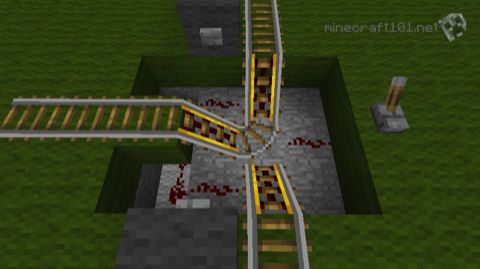


So ensure to light up the path, bring a bed, and have some sort of barrier between where the villager stops and any hostile mobs nearby.Īlso place a powered rail every 38 blocks for maintained speed or as needed to go up inclines. Depending on the distance, however, you might not have enough resources to make that happen. The best way to complete this method without risking the villager’s life is to have the entire rail placed before beginning transport. Villagers require at least a two-block height, so make sure they won’t hit their heads going through tunnels. Blocks for a barrier/path: Use blocks that are easiest to break down.Īs with the above method, make sure to have a path prepared beforehand.Powered Rails: Made with gold ingots, sticks, and redstone.Rails: Made with iron ingots and sticks.It is a trickier method, however, and requires more supplies that aren’t easily available in early game.

This method is for those who want the fastest way to transport multiple villagers across longer distances. Place down the boat (or as many as needed) and the villager will pop right into it! Now you can get into it yourself and row you both home safely! The best method is to wait until a villager is inside a building, then block up the door with you inside it.

Once the path is prepared, it’s time to try and trap a villager in a boat. Keep in mind that outside water, boats cannot move vertically upwardds and they require a width of two blocks. Use naturally spawned waterways when you can, or spend time creating a temporary river to where you want your villagers to live. You can row a boat on the ground, but it isn’t a quick method.


 0 kommentar(er)
0 kommentar(er)
